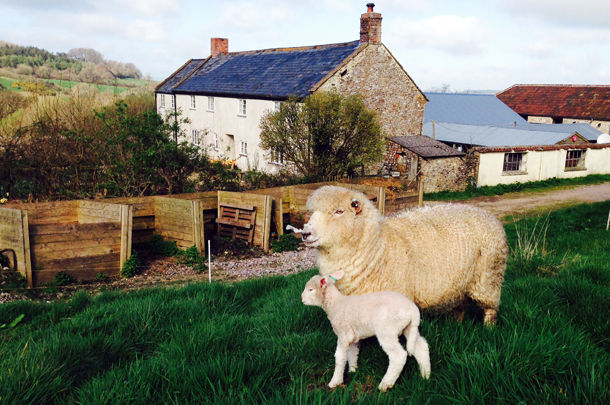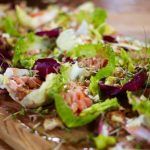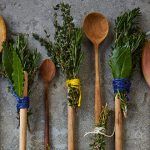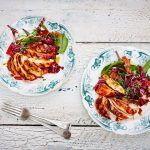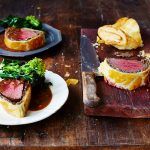Most annual holidays around the world have a traditional ingredient or meal associated with them. But with Easter I think everything gets a bit confused, and for good reason.
Easter is preceded by 40 days of abstinence known as Lent, which kicks off on pancake-flipping day. The last Thursday of Lent is Maundy Thursday, which commemorates The Last Supper – strange that a day commemorating a supper should pass with hardly any food – and it all ends on Easter Sunday with the consumption of a mountain of egg-shaped chocolate. See? Confusing.
The other odd thing about Easter is it hardly ever falls on the same day, and sometimes not even the same month – ludicrous.
So what to eat? Well, rather ironically for a time of year depicting rebirth and new life, spring lamb is the chosen one. That’s right – let’s celebrate the new beginning by eating the newest thing!
In reality, it’s not even spring lamb, because it was more likely born in autumn of the previous year. I have no issue with lamb – how could I disrespect the family name? – and especially not British lamb, because it is one of the finest products from this isle), but spring lamb is slaughtered between 3 and 5 months, which is too young. It is pale pink and carries little fat, so in my mind you are cheating yourself out of flavour by not allowing it to develop – not to mention cutting short the poor lamb’s frolicking time.
So my top tip this year is to ask your butcher for hogget, which may sound like the literary joint-venture of JRR Tolkien and JK Rowling but is in fact a wonderful mature lamb that is yet to adorn its mutton clothes. It is a lamb in its second year or, more precisely, a lamb that has cut its second teeth. Hogget gets to live a longer and happier life, making it darker and full of flavour, having matured on green summer pasture, patiently packing in all the goodness that translates into animal magic. The high-quality protein and essential acids stored in its meat from living on heather, herbs and clover means that it is also more nutritious. It is a complete good-welfare circle, and costs the same or less than the inflated costs (and deflated size of carcass) of spring lamb. It even comes with a nice covering of fat, which means you can hang it to mature, like beef.
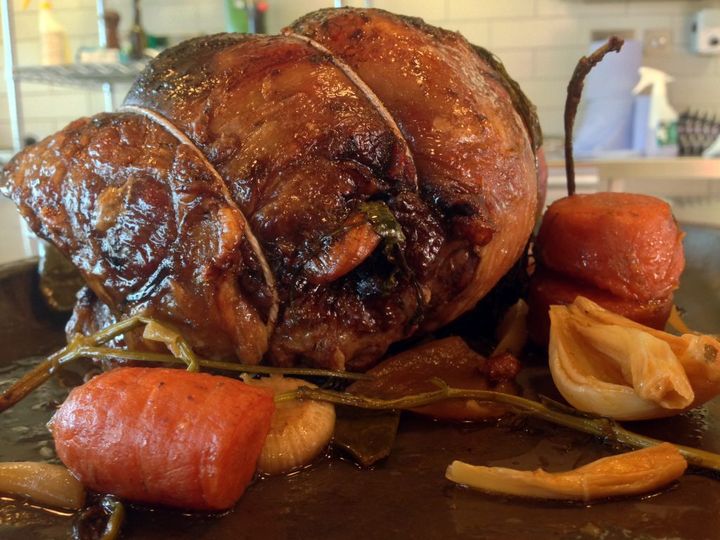
Sheep are the most sustainable meat animals on the farm because they require hardly any input. They can just graze away keeping the pasture trimmed; there is no waste because all the carcass can be used and, if you fancy, they will keep you in socks, jumpers and hearth rugs for as long as you want.
Sourcing hogget needn’t be too difficult; however, the best sources would be direct from the producer, a good butcher, farmer’s markets or online. I doubt that a trip to the local supermarket will be too fruitful, but these changes start with consumer power – “Seek and ye shall find”, a good shepherd once said.
